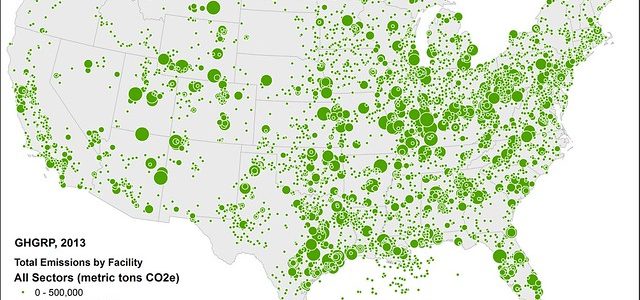There has always been the pressing question of where to store nuclear waste in the U.S. The EIA shows that this year’s nuclear power outages were much lower than last summer, averaging about 1.2 GW of electrical generation between June and July of this summer. And even though the infamous Three Mile Island plant has been retired, outages have been down 67% this year.
The EIA has also shown that nuclear energy output has been rising consistently throughout the United States even though they are not very economically viable in the current energy economy–with renewable energy and other plants shutting down regularly due to expensive operating costs. Perhaps nuclear energy is now more relevant than ever as well given the recent attempts from Congress to address nuclear waste problems.
Caroline Reiser in the aforementioned article on nuclear waste believes that the best option for curbing nuclear waste and fighting climate change is to further push nuclear power plants out of circulation. She believes that talks about re-processing and finding nuclear waste storage solutions is a waste of time that could be better spent on more realistic options. After all, as The World Nuclear Industry shows that nuclear energy is far too expensive to maintain. It may produce 19% of all U.S. electricity, but a more robust push for renewables would be more productive, as they are consistently outpacing nuclear energy generation.
Oyster Creek and Three Mile Island Shutdown
More nuclear power plant shutdowns like Oyster Creek and Three Mile Island will mean increased carbon emissions as the nuclear option is far cleaner than coal and natural gas. But as The Atlantic states, pursuing nuclear energy as a “silver bullet” for climate change is not a good use of resources. A massive nuclear power overhaul may be more viable than a Green New Deal if looked at from only the electrical industry, but it would far too costly to realistically carry out.
Yet scaling the prevalence of nuclear power down for renewables and natural gas will dirty the air. Take the Comanche Peak nuclear plant in North Texas. Phasing that plant out would not only dirty the air around the plant and the 3 million people it serves, but also cause a dearth of electrical generation.
It seems there has to be a careful approach to just how quickly any plants are phased out. More than likely regulators and lawmakers will call for plants to be retrofitted and made more efficient. Natural gas plants are much more efficient and environmentally friendly now, maybe nuclear plants can be modified to be less costly while renewables continue their rise to the top.
